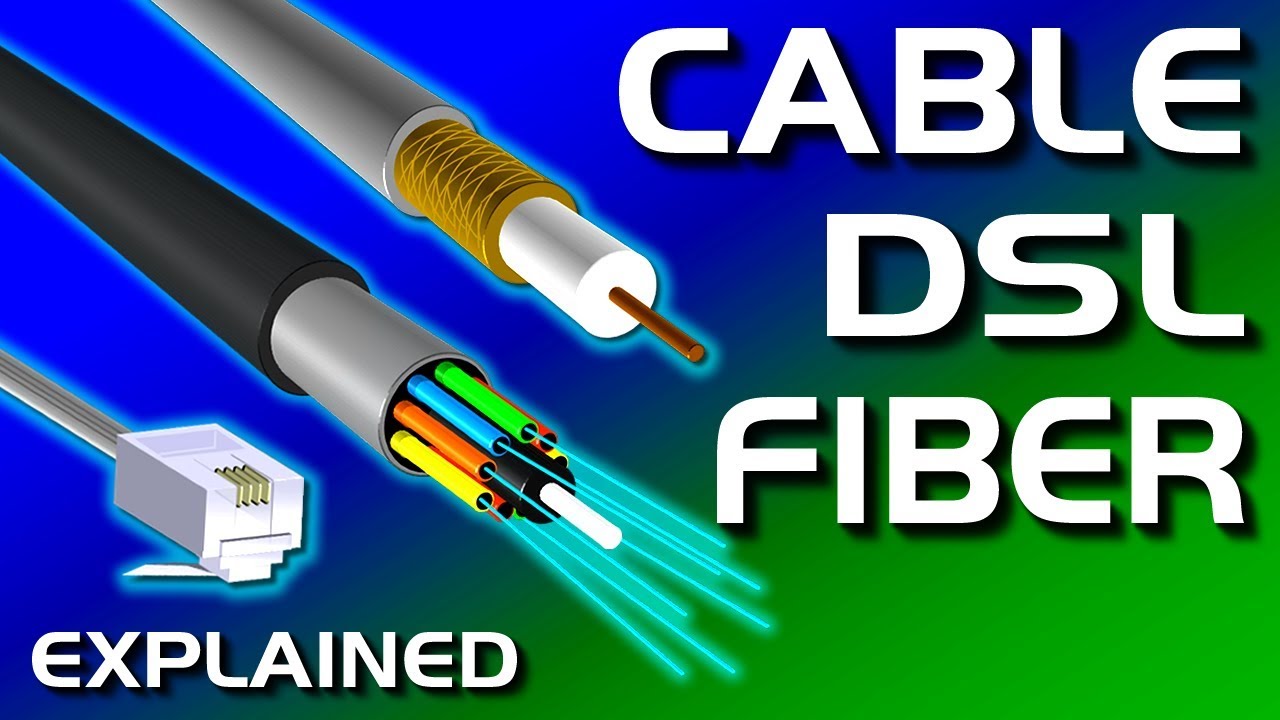DSL • MAY 8TH 2023
Explore Your Streaming Choices with DSL Services
If you are a fan of streaming content, DSL services have various options that will meet your needs. Many internet service providers (ISPs) offer DSL services that come with a variety of compatible equipment and streaming content options.
DSL Services: Compatible Equipment and Streaming Content Options
Digital Subscriber Line (DSL) is a broadband technology that enables a higher-speed internet connection than dial-up access. The compatible equipment and streaming content options available make it an attractive option for those looking for cutting-edge technology that meets their needs.
Streaming Service: Netflix - Standard Plan (HD)
DSL services are an affordable and reliable option for high-speed internet connectivity. Network Congestion: Since DSL services share the internet line with other customers, network congestion is a common issue. Ensure you choose an ISP that offers reliable internet, compatible equipment, and a wide range of streaming content options.
Limitations and Drawbacks of DSL Services
While DSL services come with many benefits, there are some limitations and drawbacks to consider. It is convenient for homes and offices with several devices that need internet connectivity like laptops, smartphones, tablets, smart TVs, and gaming consoles.
DSL Modem:
A DSL modem is a device that connects to your telephone line and converts the digital signal from the phone line into an internet connection. It offers various subscription plans that adapt to your budget and amount of content you want to access.
Amazon Prime Video:
Amazon Prime Video is another popular video streaming platform that offers a variety of content, including movies, TV shows, and Amazon originals.
Netflix:
Netflix is an online content streaming platform that provides TV shows, movies, documentaries, and more. During peak hours, the network may become congested and result in slower internet speeds.
Hulu:
Hulu is a US-based streaming service that provides access to live and on-demand TV shows, movies, and originals.
If you are considering DSL services, it is essential to know what equipment and streaming options are available, their benefits, limitations, and drawbacks. A wireless router enables you to connect multiple devices to the internet using Wi-Fi. Below are some popular streaming content options. They use the electrical wiring in your building to transmit internet signals to other rooms in your home or office.
Disney+:
Disney+ is a streaming service that provides access to Disney, Pixar, Marvel, Star Wars, and National Geographic content. It offers a wide range of family-friendly content for both kids and adults.
Compatible Equipment for DSL Services
- DSL Modem
- Wireless Router






